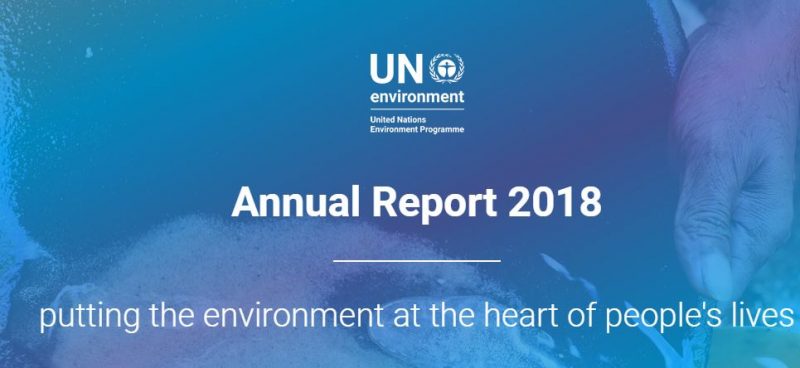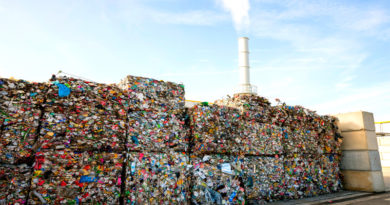UN Environment’s 2018 Annual Report Out. Key Highlights
 Good Work in 2018, Bigger Challenges in 2019
Good Work in 2018, Bigger Challenges in 2019
It pays to hold your big events in India. That would have been one of the messages for UN Environment, as India’s pledge to stop use of single use plastics by 2022 served as one of the biggest highlights of the year 2018 for UN Environment. India was the global host of The World Environment Day in 2018. It was an act that made Prime Minister Modi one of the Champions of the Earth Winners, the biggest prize of the UN Agency for environmental warriors.
However, the report highlights a host of other issues where work is still in progress, and much more needs to be done. The inherent contradictions of being a strong custodian of the environment and managing aspirations is probably highlighted by Mr Modi’s own challenges, when it has come to the string of protests and deaths of peaceful protestors for issues like less dams on the Ganges. Or the poor management of the rich legacy of trees in urban areas, which have faced an unending series of assaults for ‘development’ projects, be it government housing, public transport or highways.
On the global front, even as the fight against ocean pollution gathered steam, on other areas like cooling and heating emissions, for instance, progress remains slow. Even as city level initiatives have been highlighted. Cooling and heating systems consume over 50 per cent of building energy and run largely on fossil fuels, making them a prime case for targeted action.
Another big win was a vow to protect massive peatlands in central Africa. Known as the Cuvette Centrale, the complex is the size of the United Kingdom and straddles the Democratic Republic of the Congo and the Republic of the Congo. It is rich in biodiversity and—according to 2017 estimates—contains around 30 gigatonnes of carbon, equivalent to 15 years of emissions from the United States.
Brought together by UN Environment and other Global Peatlands Initiative partners, the Democratic Republic of the Congo, the Republic of the Congo and Indonesia signed the Brazzaville Declaration in March 2018 to protect this complex. The Global Peatlands Initiative, led by UN Environment, helps peatland countries save or restore these vital wetlands, which cover about 3 per cent of global land area.
Air pollution or ‘new tobacco’ as it is called now, came in for a special push too, with a 25 step plan to limit damage and control it by 2030.
Other interesting nuggets present themselves in the report. Like 10 of the 15 top contributors to the Environment Fund, a key component for driving special initiatives for UN Environment, come from Europe. The Netherlands is , surprisingly, no. 1 in contributions, with the US at no. 4. Unfortunately, notable absentees include the middle east bloc. even as tiny Ireland comes in at no. 15. On overall contributors to trust and earmarked funds, the biggest funding source, the private sector came in at no. 3, pointing to the new role for the sector in fighting the environmental battles ahead. The Scandinavian nations had a significant presence here too.
One hopes that in 2019, UN Environment will build on the goodwill and credibility it has built to question claims made by countries on environmental protection and enforcement of laws, especially China and India, where follow ups and maintainance remain crucial to tracking projects involving the environment.




